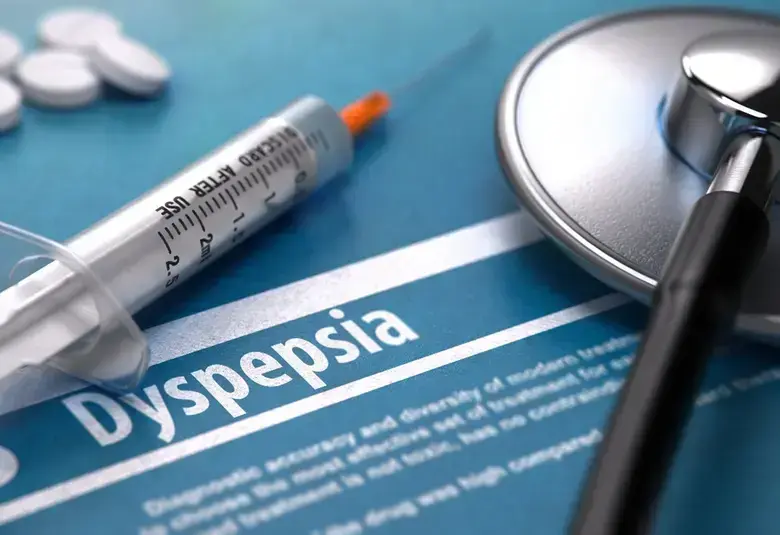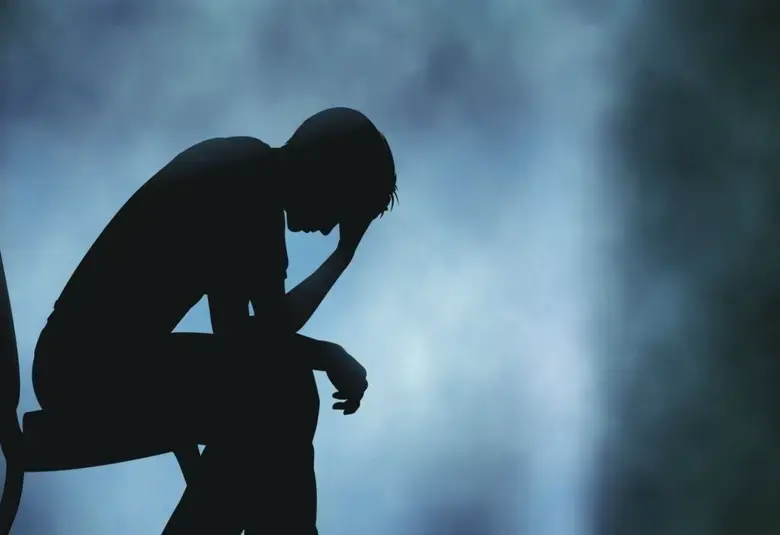The estimated annual rate of mortality by committing suicide is 14.5 death per 100,000 globally, which is equivalent to one death every 40 seconds. Even if it dose not result to death, suicide attempts still result in significant social and economic burden for communities due to the utilization of death services to treat the injury and other resulting factors.
The estimated annual rate of mortality by committing suicide is 14.5 death per 100,000 globally, which is equivalent to one death every 40 seconds.1. Even if it does not result to death, suicide attempts still result in a significant social and economic burden for communities due to the utilization of health services to treat the injury and other resulting factors.2 Suicide is a complex problem that is influenced by multiple factors.3 The naturally occurring alternation of light and dark is one of cause particularly influence suicidal behavior, leading to significant diurnal variation in deaths by suicide by time of a day.4,5 Photoperiod variations lead to subsequent changes of mood and impulsivity induced by the serotonergic pathway.6
Regarding diurnal variations, the attempts tends to be earlier in female.7,8,9 Morning were reported to be common in the elderly.10,11,12,13 However, some studies stated that the common period for them was in the late evening.14 The study in Italy found time of suicide was peak in the late morning (8:00-11:00 h) for both genders but varied by age. The incidence, trends and patterns of suicide differ considerably between Asian and Western countries.15 In general, seasons are less to affect suicide due to the narrow gradients with no extreme weather condition as well as problem regarding daylight is also not an issue in most of the tropical countries.16,17
Suicide attempt and death
The predictors of death by suicide were violent methods (such as hanging, drowning, firearms, and jumping)18,19,20 low income, severe illness 21 and switching methods of suicide attempts is a strong predictor of completed suicide in subjects who previously chose a low-lethal method in the index self-harm.22,23
Is the time of suicidal attempt related to the risk of death?One study showed evening time was associated with a higher mortality rate.17 In 2017,a retrospective cohort study using 20-year(1997 to 2016) to determine the time of suicide and risk of death. There were 6,022 patients with suicidal attempts during the study period and dead from suicidal attempts were 239 patients. The case-fatality rate of suicide was 4 per 10,000. Peak time of suicidal attempt was late evening (18:01 to 21:00), especially at 20:00 o’clock. The study shown, time of suicidal attempts was not found to be associated with death (adjusted odds ratio 1.5, 95% confidence interval 0.3 to 7.8).24
For the latest updates on sea.progress.im, subscribe to our Telegram Channel https://bit.ly/telePiM
Our correspondent’s highlights from the symposium are meant as a fair representation of the scientific content presented. The views and opinions expressed on this page do not necessarily reflect those of Lundbeck.




